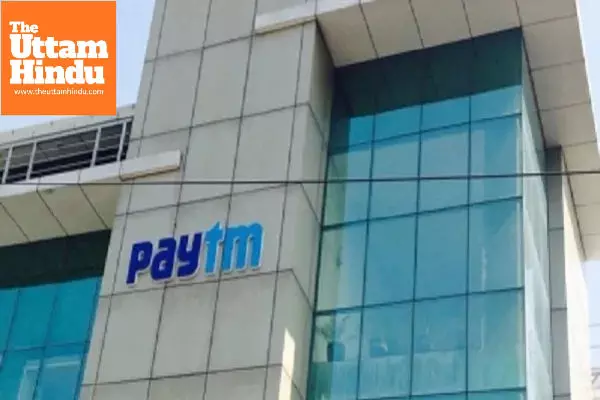Paytm Reports ₹211 Crore Net Profit in Q2, Revenue Up by 24%

New Delhi (The Uttam Hindu): Leading payments and financial services provider Paytm announced its financial results for the second quarter of FY2026, ending September 30. The company recorded consistent improvement across all profitability metrics. Its operating revenue rose by 24% year-on-year to ₹2,061 crore, driven by growth in merchant subscriptions, higher payment GMV, and expansion in financial services distribution.
Paytm’s EBITDA stood at ₹142 crore with a 7% margin, reflecting AI-led operating leverage, disciplined cost management, and an early festive season boost. The company reported a Profit After Tax (PAT) of ₹21 crore, which includes a one-time charge of ₹190 crore due to shareholder loan impairment.
Excluding the one-time charge, PAT increased to ₹211 crore, demonstrating the company’s underlying strength and efficient execution amid a challenging macro environment. Paytm’s contribution profit rose 35% year-on-year to ₹1,207 crore, with margins expanding to 59%. The rise was attributed to higher net payment revenue, increased share of financial services income, and reduced direct expenses.
The company’s cash balance stood at ₹13,068 crore, providing strong capital flexibility for investments in merchant expansion, financial services distribution, and AI-driven innovations. In its payments business, combined with other operating income, revenue rose 25% year-on-year to ₹1,223 crore, reinforcing its leadership among Indian MSMEs and enterprises.
The Gross Merchandise Value (GMV) grew 27% annually to ₹5.67 lakh crore, while merchant subscriptions reached 1.37 crore up by 25 lakh from last year further strengthening Paytm’s position in omni-channel merchant payments. During the quarter, Paytm also launched India’s first AI-powered Soundbox, advancing its AI-first vision.
Additionally, the company’s cost structure became leaner and more efficient, with indirect expenses down 18% year-on-year. Marketing costs fell 43% despite continued expansion into Tier 2 and Tier 3 cities and an increased merchant base.
